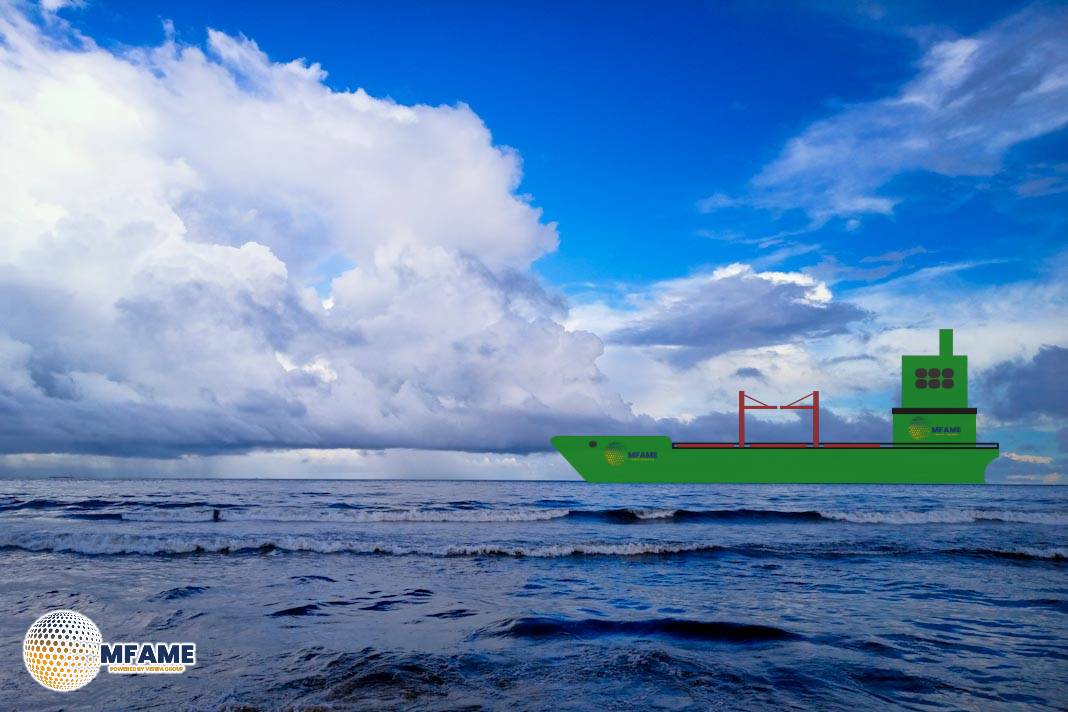India is decreasing its imports of Russian crude oil in response to the latest OFAC sanctions. This shift is evident in increased crude oil imports from the Middle East, leading to stronger VLCC rates on routes from the Arabian Gulf to India. This surge in imports likely stems from spot purchases following a recent announcement, indicating a swift market response, reports Breakwave Advisors.
Supply Chain Constraints
The decline in Europe-destined middle distillate flows from the Wider Arabian Sea has begun to exert pressure on East-West LR transits and associated tonne-mileage. This loss in flows stems from supply constraints within the Red Sea and the continued preference for Indian West Coast exports to remain within the Pacific Basin, driven by subdued European CPP demand.
Despite the rerouting of vessels around the Cape of Good Hope, East-West LR tonne-miles in January 2025 have fallen to levels observed in 2023 due to a significant reduction in available tonnage.
A full reopening of Red Sea transits would inevitably lead to a greater loss in global LR tonne-miles. However, this impact could be partially offset by a resurgence in European demand for middle distillates. In a low-case scenario, assuming sustained low East-West flows, a net loss of 266 billion tonne-miles is expected, representing 18% of global LR tonne-miles based on annualized 2024 Q2-Q4 figures.
Suezmax Robust
Global Suezmax voyages remain robust, driven by developments in both the Atlantic and Pacific Basins. Healthy exports from West Africa, primarily destined for Europe, could be further supported by increasing demand from India as the nation seeks to procure non-Russian crude grades. This has also spurred a rise in Middle Eastern crude exports to India, transported by Suezmax tankers, further bolstering demand for this vessel class.
Significant STS activity offshore Brazil suggests a potential increase in Brazilian crude exports shortly. Recent geopolitical developments, including US sanctions on Russian-traded tankers and the potential cessation of Red Sea attacks, could lead to higher Suezmax utilization from East of Suez origins.
This increased utilization is likely to manifest in higher volumes of crude oil shipments from the Middle East Gulf to India and Europe.
High MR Availability
Relatively high MR availability out of the US Gulf Coast has exerted downward pressure on freight rates. Specifically, TC18 (US Gulf to Brazil) and TC14 (US Gulf to Continent) rates have experienced a downward trend since mid-December 2024.
These rates have reached their lowest levels in the past 24 months. Ample ballast MR availability, which has persisted since August of last year and remains well above year-ago levels, has contributed to the suppression of rates. Preliminary February (days 1-8) data indicates a sharp decline in US Gulf Coast Motor fuel exports following record highs in December 2024.
Falling refinery utilization, driven by PADD 3 refinery turnarounds, has diverted barrels away from export markets, particularly impacting flows to Latin America and Europe. Sharp declines in European diesel imports from the USGC have also contributed to the rise in MR availability. The freight price rally that commenced in early December 2024 could not be sustained due to the subsequent decline in exports.
Did you subscribe to our daily Newsletter?
It’s Free Click here to Subscribe!
Source: Breakwave Advisors
















